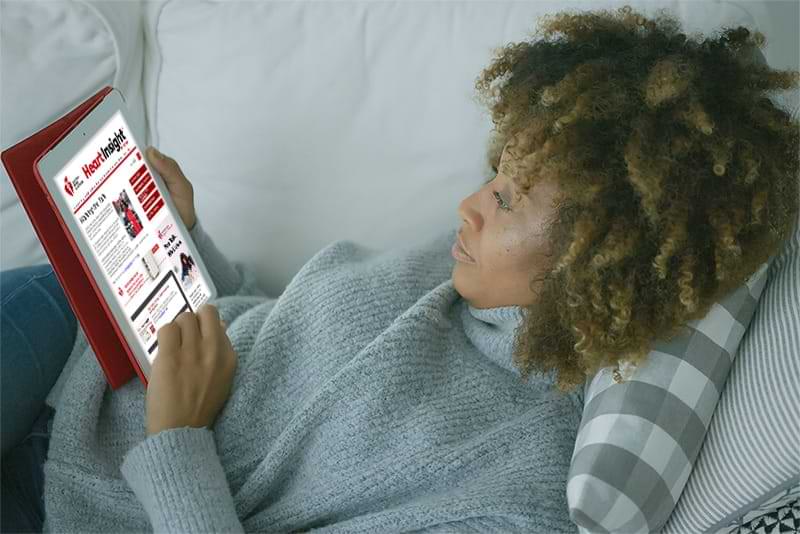Echocardiogram (Echo)

What is an echocardiogram?
An echocardiogram (echo) uses high frequency sound waves (ultrasound) to make pictures of your heart. The test is also called echocardiography or diagnostic cardiac ultrasound.
The types of echocardiograms are:
- Transthoracic echocardiography
- Stress echocardiography
- Transesophageal echocardiography
- Three-dimensional (3D) echocardiography
Why is it needed?
An echo test can allow your health care team to look at your heart’s structure and check how well your heart functions. The test helps your health care team find out:
- The size and shape of your heart, and the size, thickness and movement of your heart’s walls.
- How your heart moves during heartbeats.
- The heart’s pumping strength.
- If the heart valves are working correctly.
- If blood is leaking backwards through your heart valves (regurgitation).
- If the heart valves are too narrow (stenosis).
- If a tumor or infectious growth is around your heart valves.
The test also will help your health care team find out if you have:
- Problems with the outer lining of your heart (the pericardium).
- Problems with the large blood vessels that enter and leave the heart.
- Blood clots in the chambers of your heart.
- Abnormal holes between the chambers of the heart.
What are the risks?
An echo doesn’t hurt and has no side effects.
How do I prepare for the echo?
Specially trained technicians conduct echo tests. You may have your test done in a medical office, emergency room, operating room, hospital clinic or hospital room. The test takes about an hour.
What happens during the echo?
Echo tests are done by specially trained technicians. You may have your test done in your doctor’s office, an emergency room, an operating room, a hospital clinic or a hospital room. The test takes about an hour.
- You lie on a table and small metal disks (electrodes) are placed on your chest. The disks have wires that hook to an electrocardiograph machine. An electrocardiogram (ECG or EKG) keeps track of your heartbeat during your test.
- The room is dark so your technician can better see the video monitor.
- Gel is put on your chest to help sound waves pass through your skin.
- Your technician may ask you to move or hold your breath briefly to get better pictures.
- The probe (transducer) is passed across your chest. The probe produces sound waves that bounce off your heart and “echo” back to the probe.
- The sound waves are changed into pictures and displayed on a video monitor. The pictures on the video monitor are recorded so your doctor can look at them later.
What happens after the echo?
Your health care professional will talk with you after looking at your echo pictures and discuss what the pictures show.
View a printable sheet: What is an Echocardiogram? (PDF)


